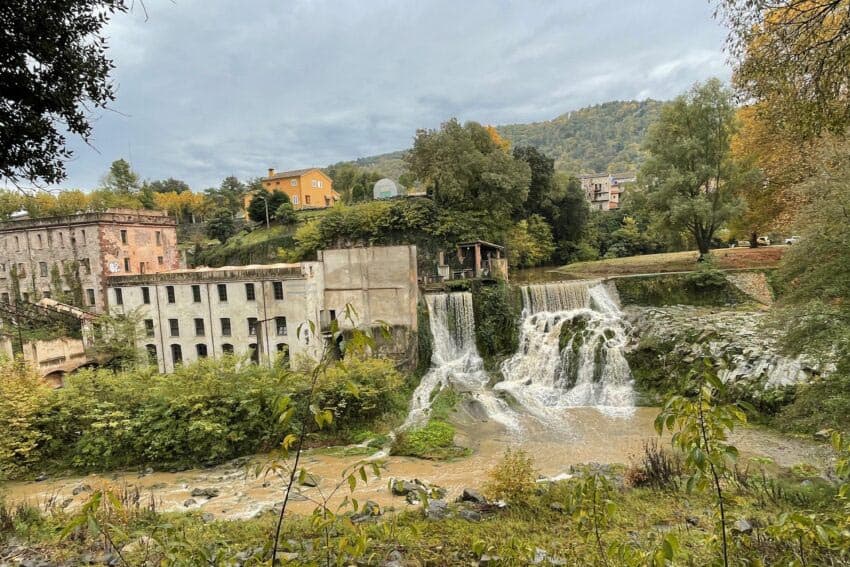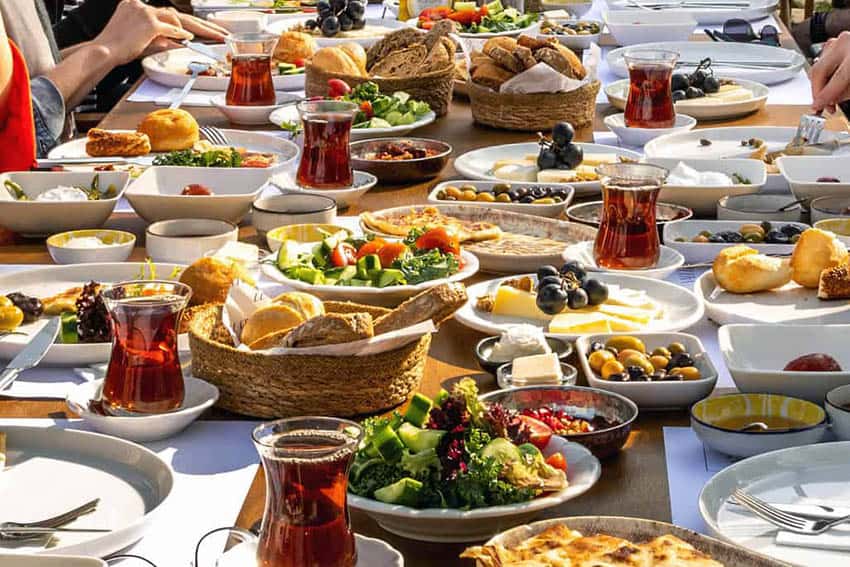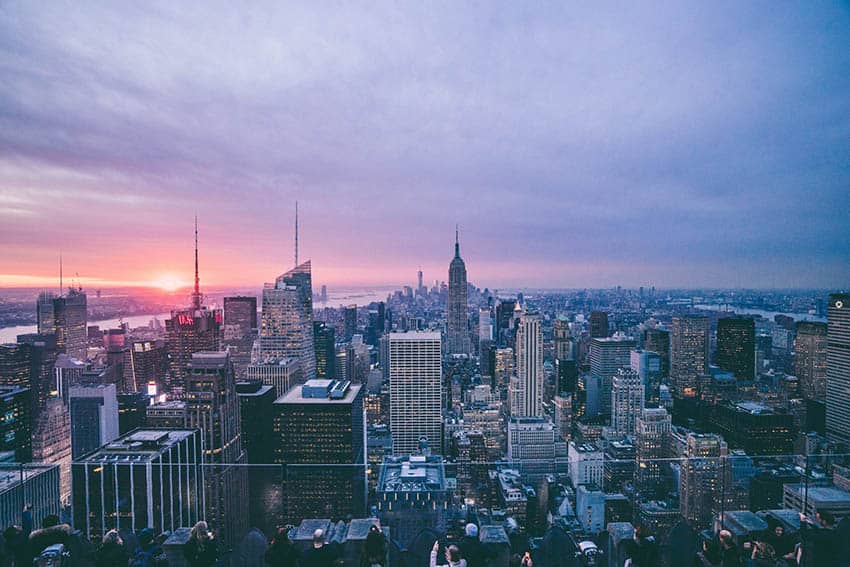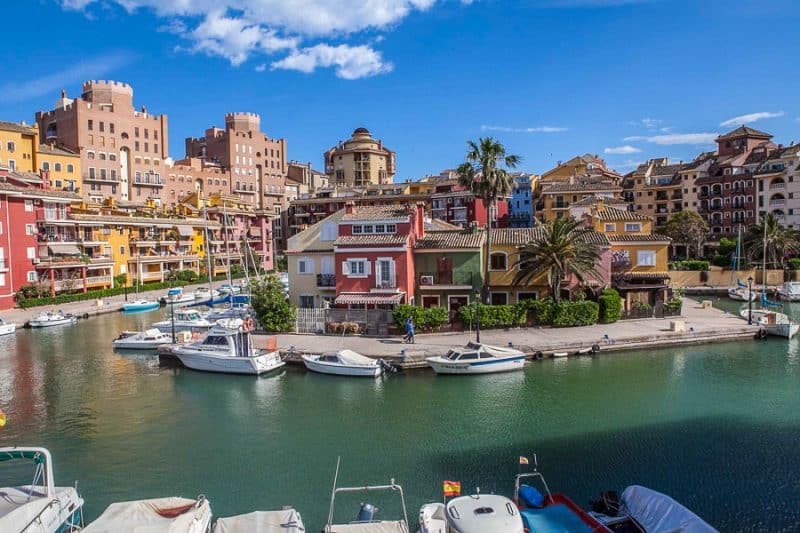
By Olivia Gilmore
Valencia, also known as the City of Sand, is one of the oldest cities in Spain.
The charming and vibrant city has made its way to becoming one of the top tourist destinations in Europe for 2017. The port city of Valencia is located on Spain’s southeastern coast, between the Turia River and the glorious Mediterranean Sea. Perfect for anyone looking for a historic city with modern vibes.

Well known for its City of Arts and Sciences, this coastal destination also contains many monuments and cutting edge structures like a planetarium, oceanarium, and museum.
A Booming Festival
Being located so close to the coast and mountain ranges, Valencia has been recognized as a very scenic and alluring city. Likewise, it has no shortage of entertainment and leisure activities for its guests.
With hundreds of festivals held in Spain each year, there are only a couple in which attract visitors from all over the world, one of them being The Fallas Festival.
The Fallas Festival is held in Valencia every year from the 15 to 19 of March.
The festival primarily focuses on San Jose, the patron saint of carpenters. Ironically, it all began back in the Middle Ages when carpenters used to burn figurines in their windows to celebrate the end of a long work day.
The enormous figures called “ninots” symbolize the carpenter’s ancient tradition, and of course, they get lit on fire during the festival too. Who doesn’t love that!?
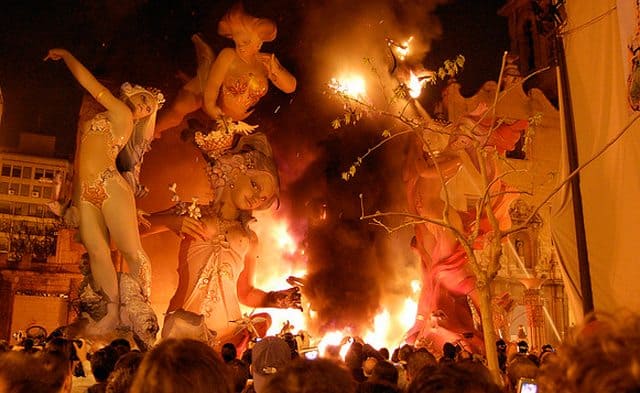
Hard Work Set Ablaze
The way the “ninots” are constructed is quite unique, as each neighborhood in Valencia has an organizing committee who raises money to construct the figurines. For amusement, the figurines are usually replicas of famous international celebrities or politics.
I’m sure the Unites States has a couple of good satirical political contestants.
There is even a special area of the city dedicated to building the “ninots” where designers and artists spend months crafting the masterpieces.
A day full of explosions, music, and art at the Fallas begins at the early hour of 8 a.m. Sleeping in isn’t an option, as the city turns into a literal alarm clock.
Brass bands march down the streets and firecrackers explode nearby. If there isn’t enough noise as it is, “La Mascleta” begins at 2 p.m. which are organized explosions all over the city. Yes, you heard me right.
On each night of Fallas there is a captivating firework display in the old river bed, but by far the most spectacular night to view the exploding lights is on the 18 of March. The next night, during La Crema, the “ninots” are burnt. You guessed it, they are stuffed full of fireworks! What fun would it be if they weren’t? All but one “ninots” is set afire, the public gets to vote on which one to save.

If you’re second guessing going to the festival because of the noise, I don’t blame you. Hectic chaos and mind boggling explosions and sounds fill every street corner, it’s no wonder pregnant women are banned from attending!
The Origin of Silk
Valencia became the “City of Silk” in 2016, which honored the silk industry and its heritage. During the 15th century, high-quality silk was being produced in Valencia by artisans workshops and businesses.
As Islam flourished in the Mediterranean, silk was introduced to the Iberian Peninsula and mulberries were grown in the Velluters district of Valencia.
As a result of Valencia’s silk trade, many gothic buildings were left behind for future generations to discover.
In order to encompass the history of the Silk Exchange, a guided tour through the borough of Velluters was created, it is called The Silk Trail. The trail visits several monuments and buildings that were used in the silk trade, including La Lonja, a World Heritage site.

Cycling the City
Traveling along the trail can be done by foot, or by bike. Cycling in the city can be overwhelming, and especially dangerous.
Luckily, Valencia is a city that is cycle friendly, that means bikers can expect a wide network of cycle lanes on main roads, including the newest additions on Ring Road.
Cycling on Ring Road has become more efficient as a cycle lane of more than 20 kilometers alongside the main traffic lanes will connect all the different boroughs, providing cyclists with more access to the city, and more safety!
If biking becomes too tiresome in Valencia and hunger starts to take over, grab the opportunity to experience the World Food Capital of 2017. Awarded by the Food and Agriculture Organization, Valencia has been named the World’s Food Capital of 2017. That’s a reason of itself to plan a visit!
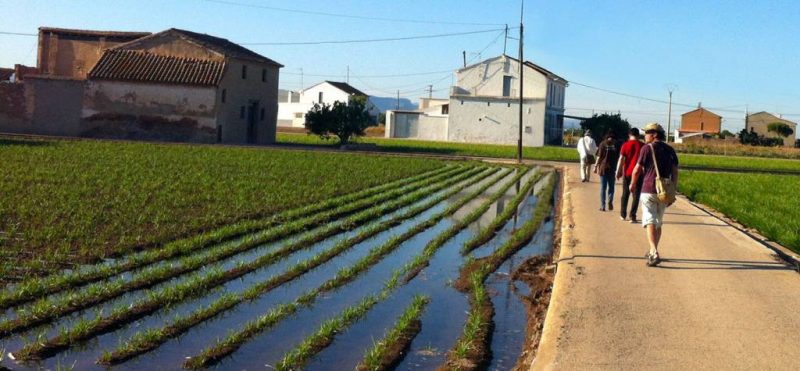
In a city that values agriculture on a large scale and was one of the first to sign the Milan Urban Food Policy Pact, Valencia is a well deserving winner.
The award recognized the crucial role of the Huerta, better known as the 24,000-acre market garden surrounding the outskirts of the city. There’s no denying that Valencia’s food is authentic and locally produced.
With recent political pressure, preserving the orchard has become even more difficult. Nonetheless, the city and its inhabitants work hard to implement a healthy and sustainable food source that also serves as an economic resource. A win-win!
Visiting a War Time Shelter
One of the newest attractions that the city is welcoming is taking visitors back in time to the Spanish Civil War. A war refuge built in 1938 has opened for the publics viewing. The shelter, which was once located on what is now Valencia’s City Hall, was used to protect over 700 children from bomb raids during the Spanish Civil War. Informative panels allow for a true experience of the war time shelter, and pre-booked are available online.
A popular new restaurant is also making it’s way into Valencia. The Hard Rock Cafe is arriving in the city’s centre, between the City Hall and main train station. The iconic restaurant offers indoor seating for more than 350 people, and features two floors and a terrrace with astonishing views of the city. Live music will also be offered from two different stages.
- Discover the Best New York Attractions: A Comprehensive Guide - April 13, 2023
- Old World Charm in Alicante, Spain - January 24, 2019
- Can’t help but love Northern Valencia Spain - January 9, 2019


